HD video conferencing: As good as being there?
Is high-definition video conferencing finally good enough to make up for not meeting in person?


In a Halo room, even the finish on the table in front of the screens is designed not to cast too many reflections and the front wall is a shade lighter than the rear wall so it tones with the life-size image of the rear wall in the room you're looking at on three HD plasma screens. The table itself doesn't go all the way to the screens, because HP found this tended to make users seasick.
The details of the experience were fine tuned with the help of the first Halo customer, who has plenty of experience making things look good on a big screen. DreamWorks uses Halo to keep up with the punishing schedule of releasing two animated films a year. Halo meant Jerry Seinfield didn't have to leave his New York office and travel to California for meetings about Bee Movie.
Pepsico still sends executives and sales teams to meet customers, but they have more time to do that because they do internal meetings using Halo. HP uses Halo internally and credits the 30 rooms it has installed with getting one product to market six months earlier than if engineers had been flying between California and Singapore. A new Halo room might get used for 40 or 50 hours of meetings a month, but the average at HP is 200 hours a month, which means the room is in use 10 or 12 hours a day. "The Halo rooms are not used by executives," says Halo general manager Ken Crangle. "They're used by engineers and marketing. They're used by people who would never have travelled."
AMD's Halo users used to travel; the company was able to get rid of corporate flats it kept for visiting employees. HP itself saves around $300,000 a year on travel. You'll need to save money with Halo - prices have halved since HP first introduces it but a room costs around $250,000 (more if you include a camera that transmits images of objects you place on the table to the fourth screen usually used for sharing documents and presentations).
Plus, there's a monthly operations fee of $18,000. For that, HP runs the network that Halo connects to via a 45Mbit T3 (each of the three screens need 6-8Mbit of bandwidth). The speed is crucial for body language to come across says Crangle: "It's got to be lifesize, it's got to be instant so it's got to be fibre."
That's why the screens are plasma, with a 40-60 millisecond response time; the video has to reach the other room within 250 milliseconds, including encoding, encryption and decoding.
Cisco's TelePresence system is similar to Halo, from the maximum latency of 250 milliseconds to the spatial audio and the three 65" plasma screens over the table, "because two reasonably normal sized people can fit in that size comfortably," says David Hsieh, director of marketing for TelePresence.
Get the ITPro daily newsletter
Sign up today and you will receive a free copy of our Future Focus 2025 report - the leading guidance on AI, cybersecurity and other IT challenges as per 700+ senior executives
The $299,000 price tag is similar too. Again, the lighting is custom designed. Steven Spielberg's cinematographer Janusz Kaminski suggested brown walls rather than blue and lighting from the front because overhead lights give you unnatural skin tones and shadows on the screen.
There are small differences, though. HP puts a fourth screen for shared documents above the participants, Cisco puts it below. The camera is mounted on the central screen. That's more intrusive than the three cameras that Halo uses which are above each screen, mainly because it reminds you that the person you're talking to isn't actually in the room with you.
Problems getting meetings started have put many executives off traditional video conferencing. The controls for Halo are straightforward and the system checks itself when you turn it on. TelePresence integrates with Microsoft Outlook and you can schedule meetings by booking two rooms rather than one then start the meeting by dialling on a standard office phone; the system is a SIP endpoint and Hsieh jokes that it's "the world's most expensive telephone."
Talking to other people
One major difference from Halo is that you have run your own network for TelePresence, which is why it's more complicated for Cisco to develop HD interconnections. You can reach any Halo room from any other, so you can use the system to talk to customers and partners who've invested in it, and it can also interconnect with Tandberg systems.
Mary is a freelance business technology journalist who has written for the likes of ITPro, CIO, ZDNet, TechRepublic, The New Stack, The Register, and many other online titles, as well as national publications like the Guardian and Financial Times. She has also held editor positions at AOL’s online technology channel, PC Plus, IT Expert, and Program Now. In her career spanning more than three decades, the Oxford University-educated journalist has seen and covered the development of the technology industry through many of its most significant stages.
Mary has experience in almost all areas of technology but specialises in all things Microsoft and has written two books on Windows 8. She also has extensive expertise in consumer hardware and cloud services - mobile phones to mainframes. Aside from reporting on the latest technology news and trends, and developing whitepapers for a range of industry clients, Mary also writes short technology mysteries and publishes them through Amazon.
-
 Should AI PCs be part of your next hardware refresh?
Should AI PCs be part of your next hardware refresh?AI PCs are fast becoming a business staple and a surefire way to future-proof your business
By Bobby Hellard
-
 Westcon-Comstor and Vectra AI launch brace of new channel initiatives
Westcon-Comstor and Vectra AI launch brace of new channel initiativesNews Westcon-Comstor and Vectra AI have announced the launch of two new channel growth initiatives focused on the managed security service provider (MSSP) space and AWS Marketplace.
By Daniel Todd
-
 Cisco is ramping up AI features in Webex, but in a market dominated by Google, Zoom, and Microsoft, it may struggle to boost user uptake
Cisco is ramping up AI features in Webex, but in a market dominated by Google, Zoom, and Microsoft, it may struggle to boost user uptakeAnalysis Cisco is confident that new AI features for Webex will have users flocking to the platform, but it still faces stiff competition in the productivity space from major industry players
By Solomon Klappholz
-
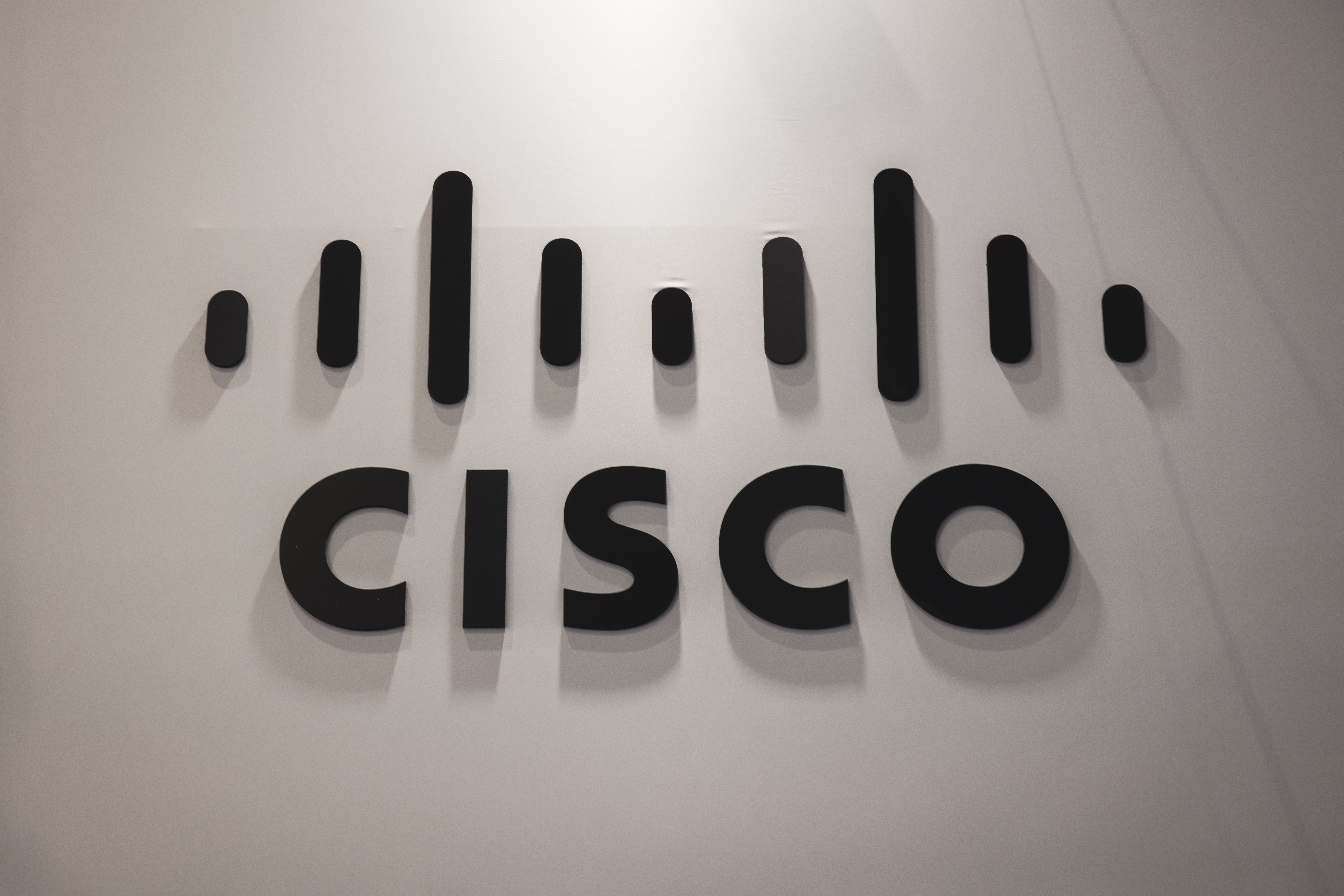 Cisco just launched Motific, its first SaaS product aimed at supporting generative AI deployments
Cisco just launched Motific, its first SaaS product aimed at supporting generative AI deploymentsNews Cisco said Motific will help customers deploy generative AI tools faster, and more effectively
By Ross Kelly
-
 Cisco signals open source intentions with Isovalent acquisition
Cisco signals open source intentions with Isovalent acquisitionNews Cisco says it will leverage the open source capabilities of Cilium to create a “truly unique” multi-cloud and security platform
By Daniel Todd
-
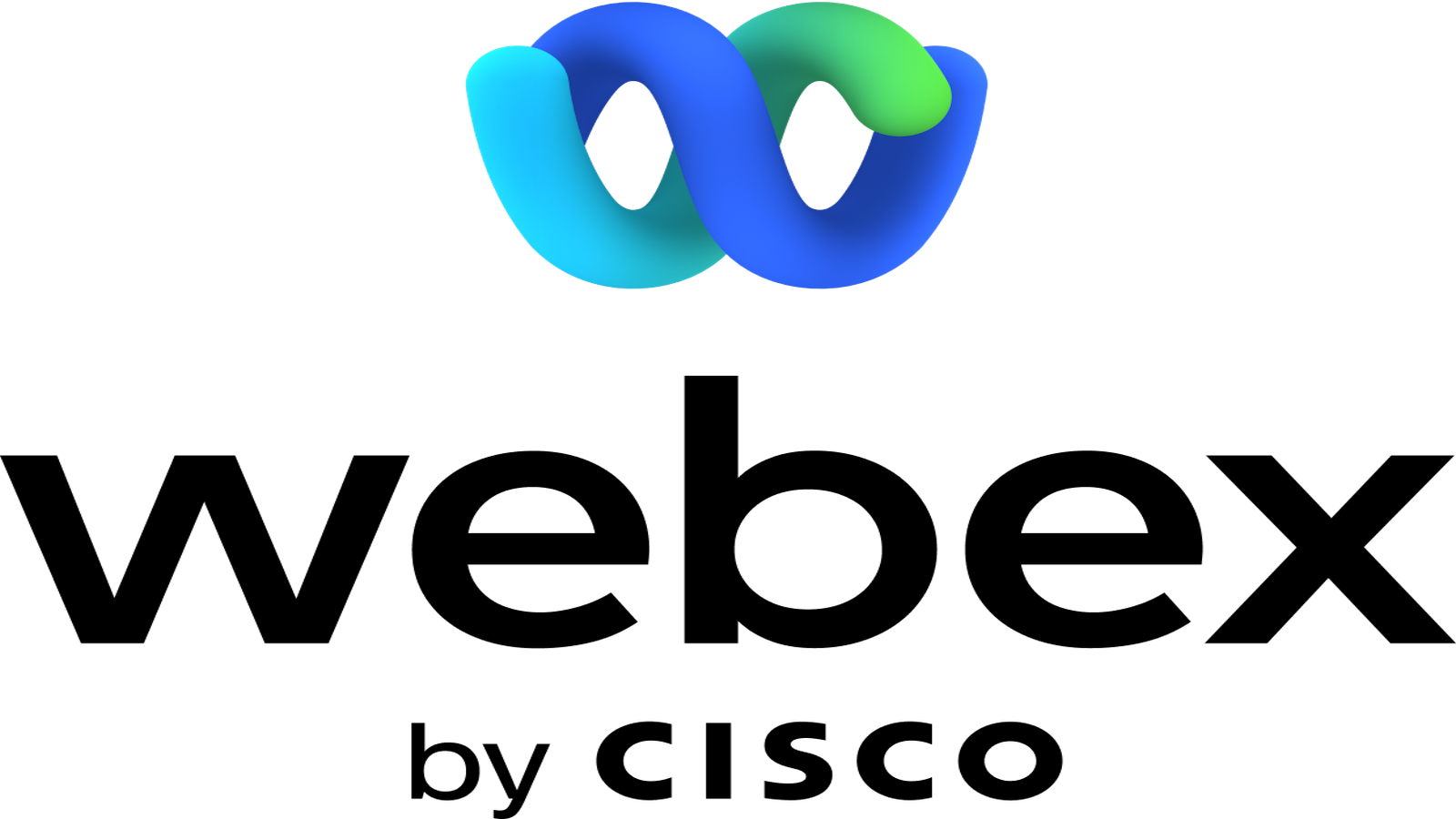 Cisco's Socio Labs acquisition will bring Webex enhancement
Cisco's Socio Labs acquisition will bring Webex enhancementNews The hybrid event management startup caters to in-person and virtual audiences
By Praharsha Anand
-
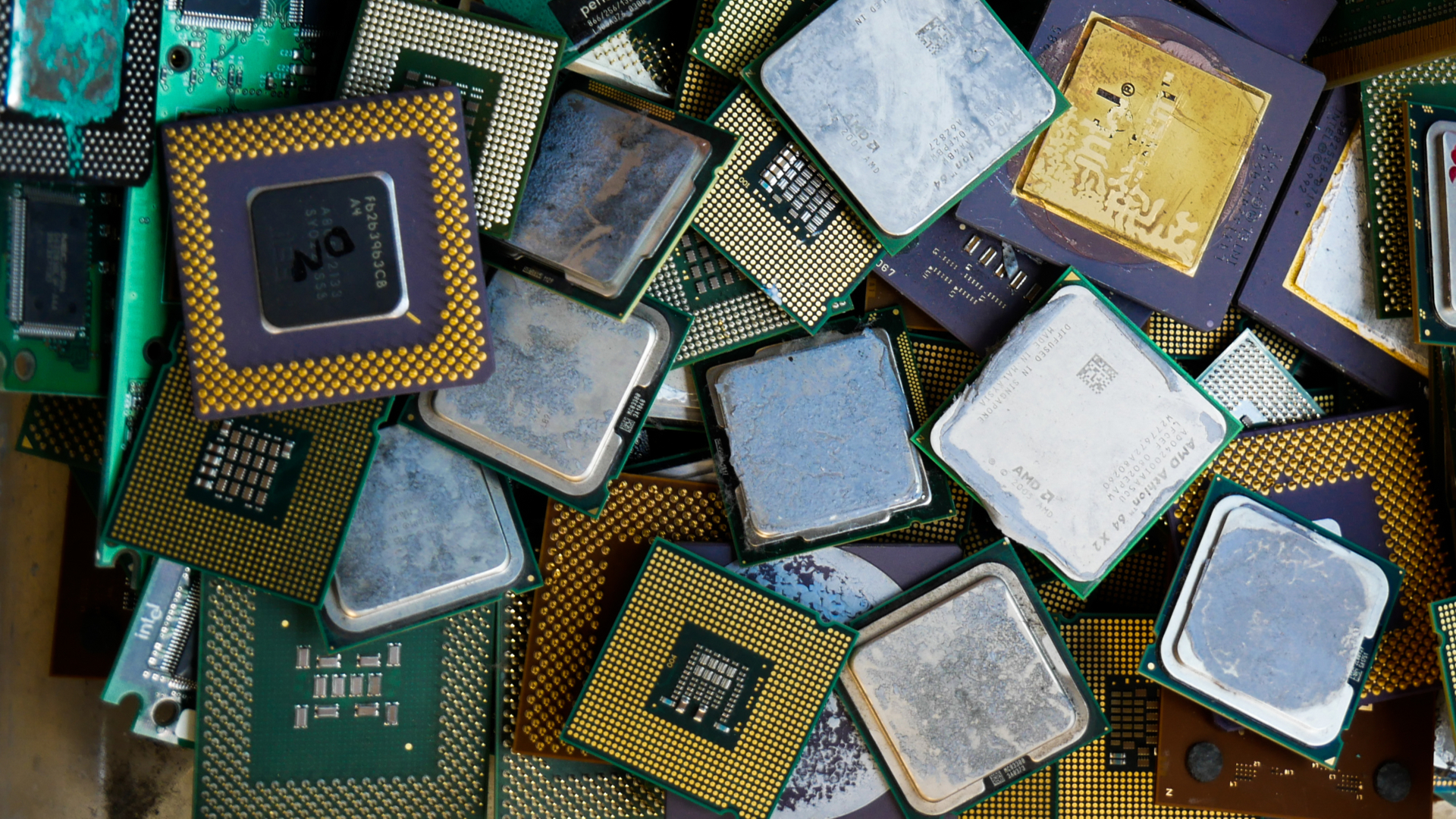 Tech giants lobby US to fund chip production
Tech giants lobby US to fund chip productionNews Industry heavyweights ask Congress for $50 billion in chip manufacturing subsidies
By Mike Brassfield
-
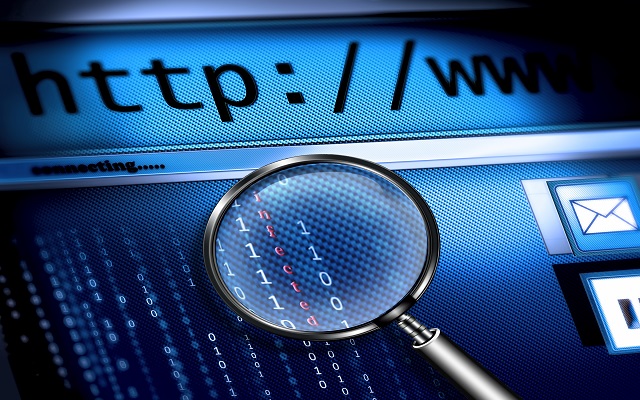 PRISM fallout could damage business, claim Google and Cisco
PRISM fallout could damage business, claim Google and CiscoNews BRIC revenues decline following Snowden revelations
By Jane McCallion
-
 Industry unsurprised at demise of Cisco Cius tablet
Industry unsurprised at demise of Cisco Cius tabletNews High prices, closed systems and the iPad blamed as networking vendor ends investment in tablet device.
By Caroline Donnelly
-
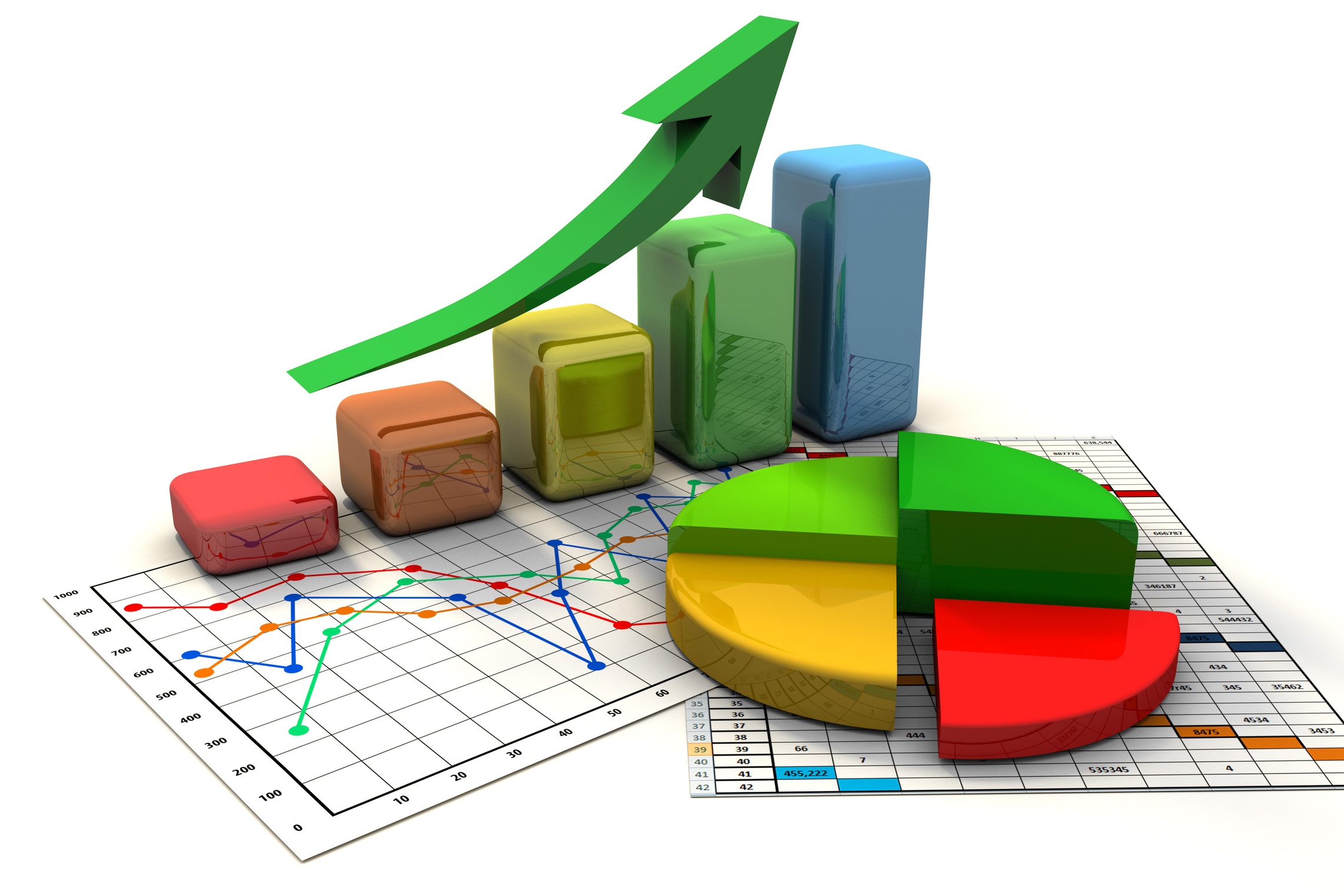 Cisco posts bumper results amidst restructure
Cisco posts bumper results amidst restructureNews The networking giant impresses analysts with solid profit and record revenue.
By Tom Brewster